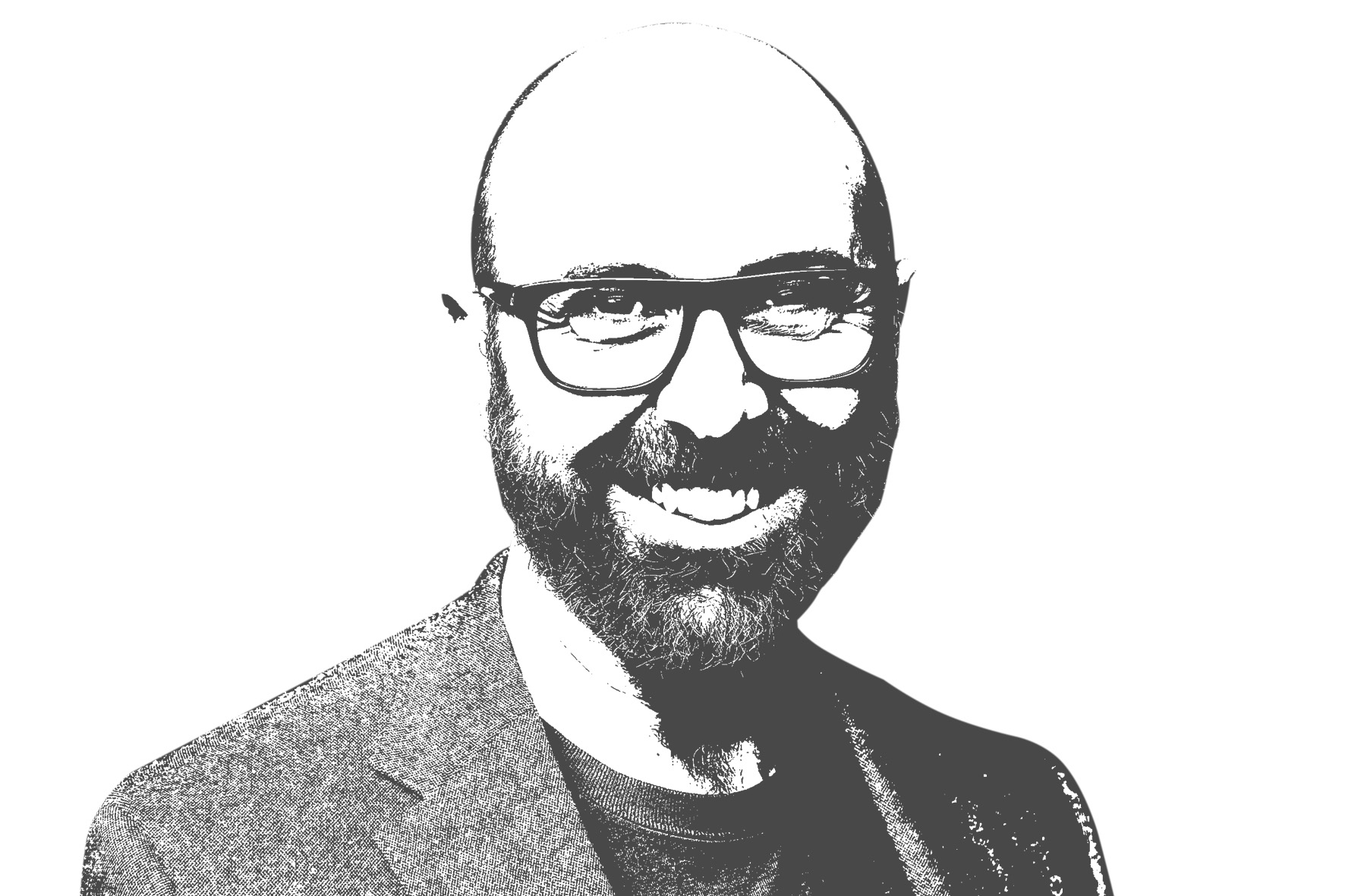Data: The boost creativity needed
What would happen if we had access to all the data we needed to develop an effective strategy? Without doubt, we could implement much better-aligned actions that specifically target the audience we seek to reach.
When a company employs a “data-driven” approach, this means strategic decisions are made based on data analysis and interpretation. This allows them to examine and organize information, giving them the “edge” necessary to better cater to their stakeholders (clients, suppliers, and even collaborators).
WHAT IS THE GOAL OF THIS APPROACH?
Beyond just collating data, this approach helps contextualize and personalize each highly targeted and reinforced activity proposed, leading those of us engaged in marketing and/or communications to offer a more customer-centric approach. Accordingly, our clients feel much more comfortable and able to trust that their strategies will have the right impact.
This makes me very excited. Having information in my hands that can be used to implement an immediately successful campaign is now possible.
Since we introduced this “data-driven” approach at BESO Agency, combining creativity and strategy through new technologies, we have converted data into actionable information, insights, and business results for all our clients.
This model has allowed us to guarantee that our daily advertising performance has an unprecedented alignment with client brand business targets. Furthermore, we are able to convince increasingly critical consumers, drawing them closer to our messages in a more organic fashion.
CREATING A DATA-DRIVEN MODEL
In 2015, we decided to take the first steps toward creating infrastructure that would hold a large volume of data and resources, subsequently allowing us to analyze patterns and identify creative insights. This, in turn, inspired the teams by providing more realistic and actionable information.
To create this model, we first analyzed a mix of social listening tools, such as Sysomos and Brandwatch, and artificial intelligence and machine learning products, including IBM Watson.
After a year of refinement and testing the model with our clients, we were prepared to incorporate structured information storage in its own infrastructure as well.
In 2019, we created the first Data Lake, based on Oracle, at an advertising agency in the region. This definitively represented the evolution of our working methodology in a comprehensive infrastructure, which quickly became the core department of the agency’s operating process.
This infrastructure’s robust nature meant we could count on sound information structuring processes within this lake, including data visualization models for clients and insight analysis for creative, planning, and media teams. This has been a tangible differentiating factor for both clients and the industry.
We can now say that this data-driven approach has been tested out and proven to work, but even aside from this, it has become essential due to the large volumes of data organizations are exposed to. Without these tools, these businesses often lack the necessary tools to interpret, use, or benefit from this information.
This leads us to the example of today’s and tomorrow’s advertising industry. Working with technologies that allow them to extract, analyze, and transform data into useful information is fundamental, since it allows them to understand where their clients’ brands should invest and what type of campaign works best, among other things.
The key to transmitting this message to your clients lies in knowing where and when they will listen to you, and it must be done with an understanding of the data and their digitalization.
INCORPORATING DATA INTO THE CREATIVE PROCESS
One more query: How can we use the data-driven model with specific advertising? Simple – through data scientists who specialize in interpreting creative and strategic insights and have been responsible for uniting the technological world of data with the traditional process of creative inspiration.
In advertising, the data scientist has had to incorporate creative advertising language, and the creative has had to incorporate an understanding of data as a key driver of inspiration.
The data narration process is based on identifying patterns in the data that can then lead to marketing insights with a real, sustained capacity to be transformed into business results. This is where data scientists become a central figure in the creative advertising process. This is a major game changer in how the advertising industry works.
FUTURE CHALLENGES IN DATA AND ADVERTISING
Developing data strengths is, in reality, only half the story. The challenge we face actually focuses on the process of educating clients, since many of them (despite being large corporations) may still not have the level understanding or basic tools necessary to interpret data.
This offers us a tremendous opportunity to install our presence on our clients’ internal forums and create new types of projects previously outside an agency’s purview, e.g., in the field of product development or market research.
It is a given fact that data-driven methodology has arrived to retransform advertising, and introducing this in an agency has become a major competitive edge in winning new clients.
